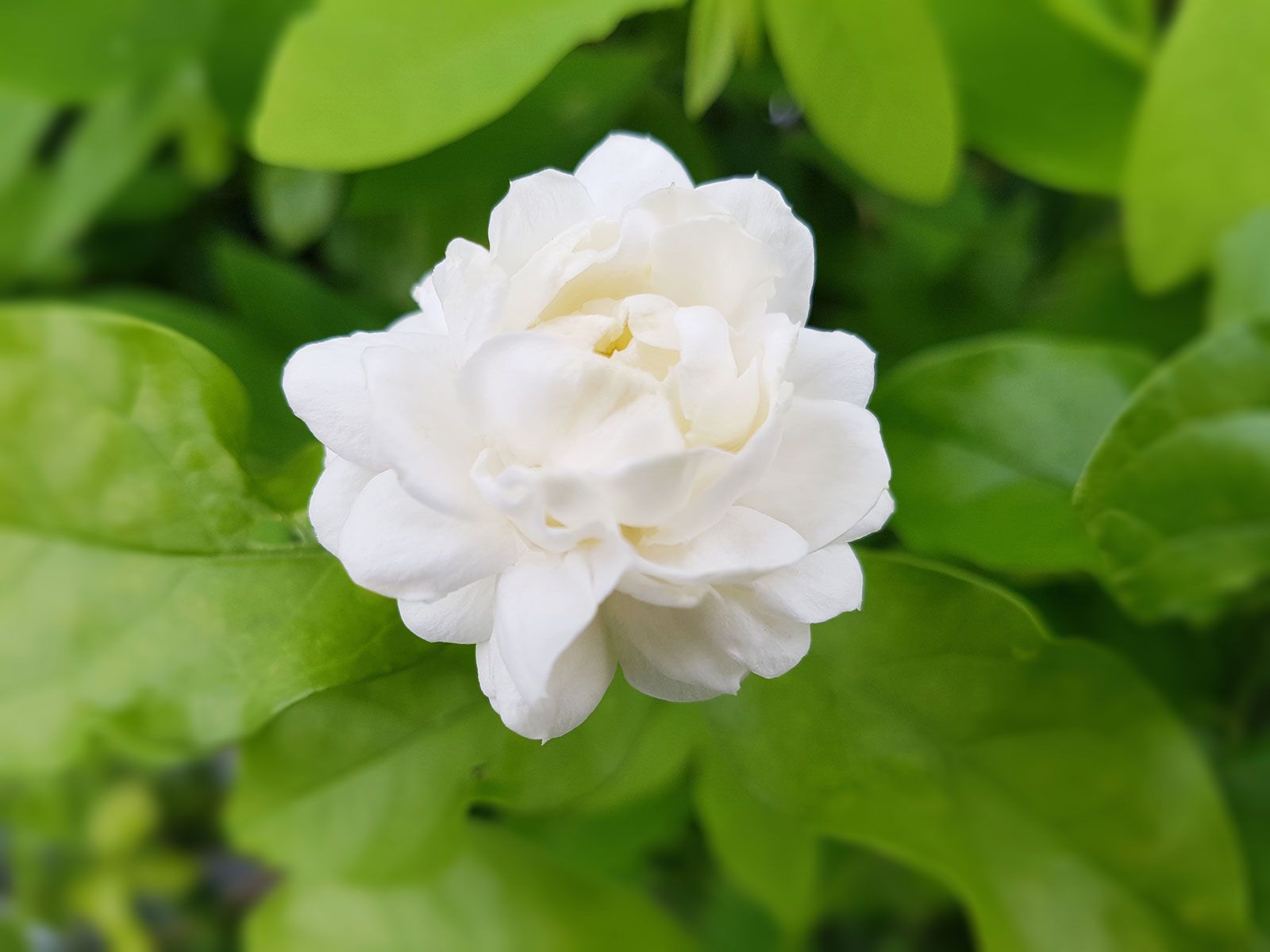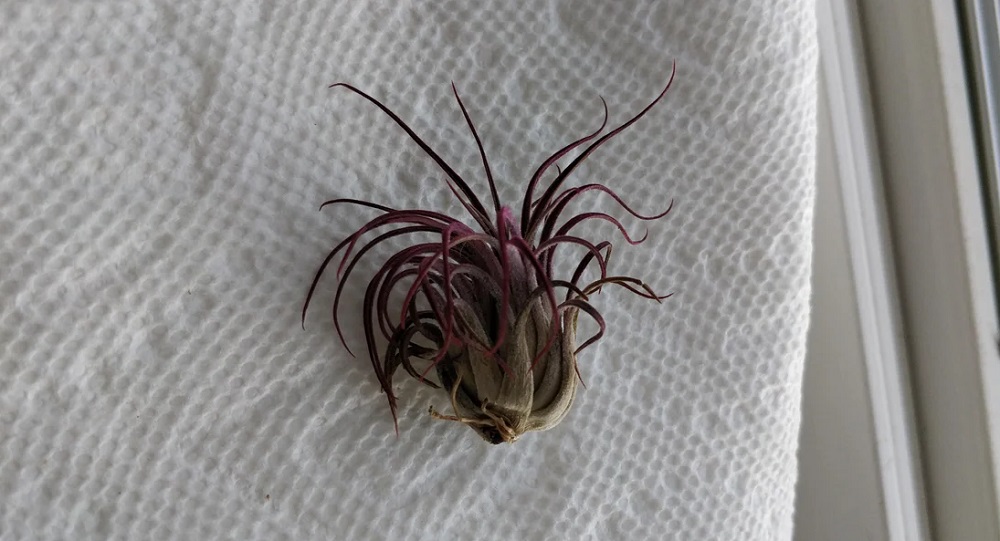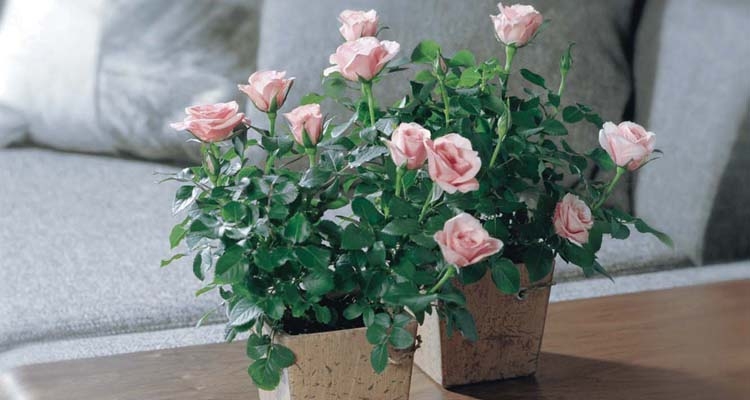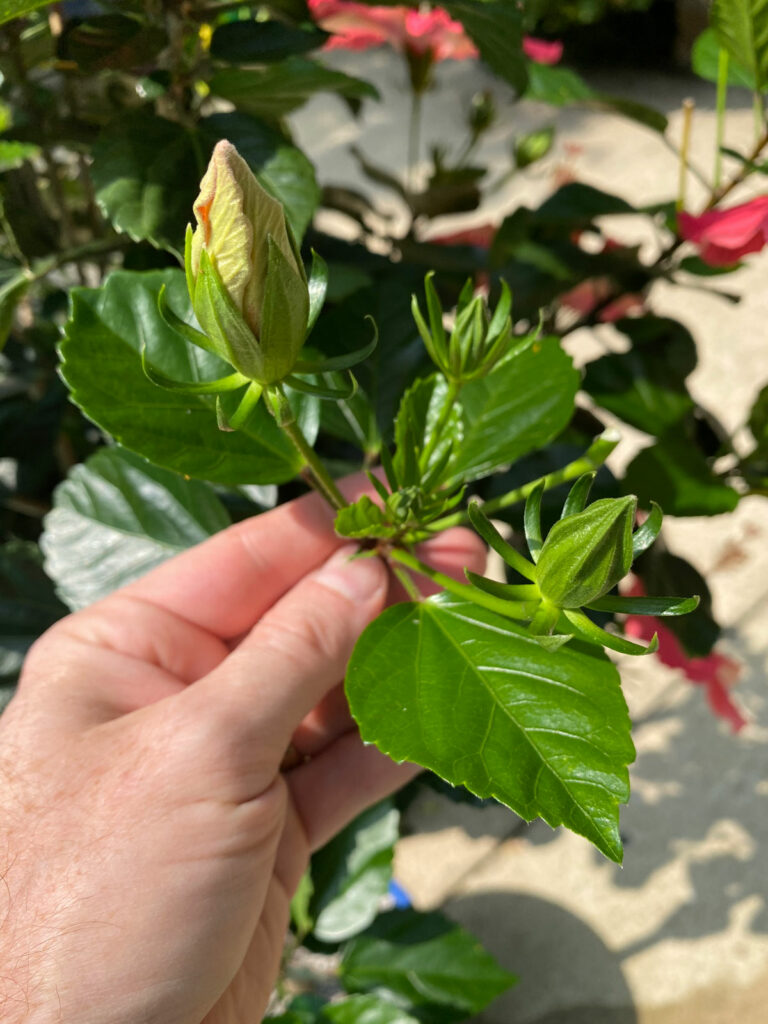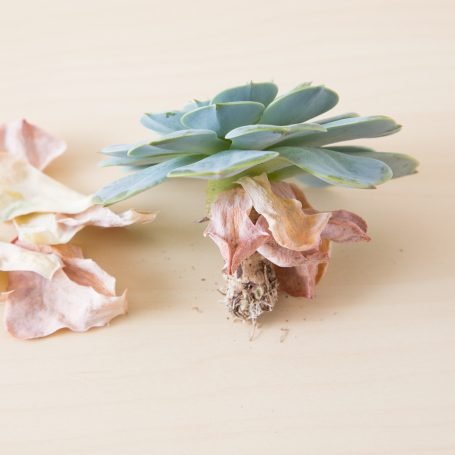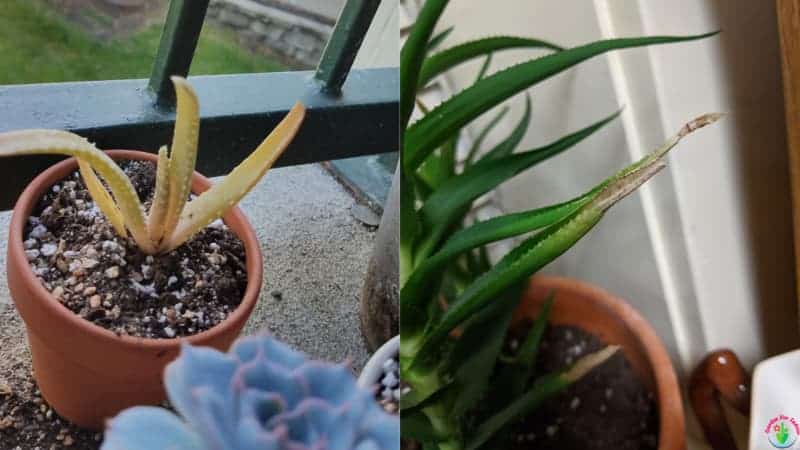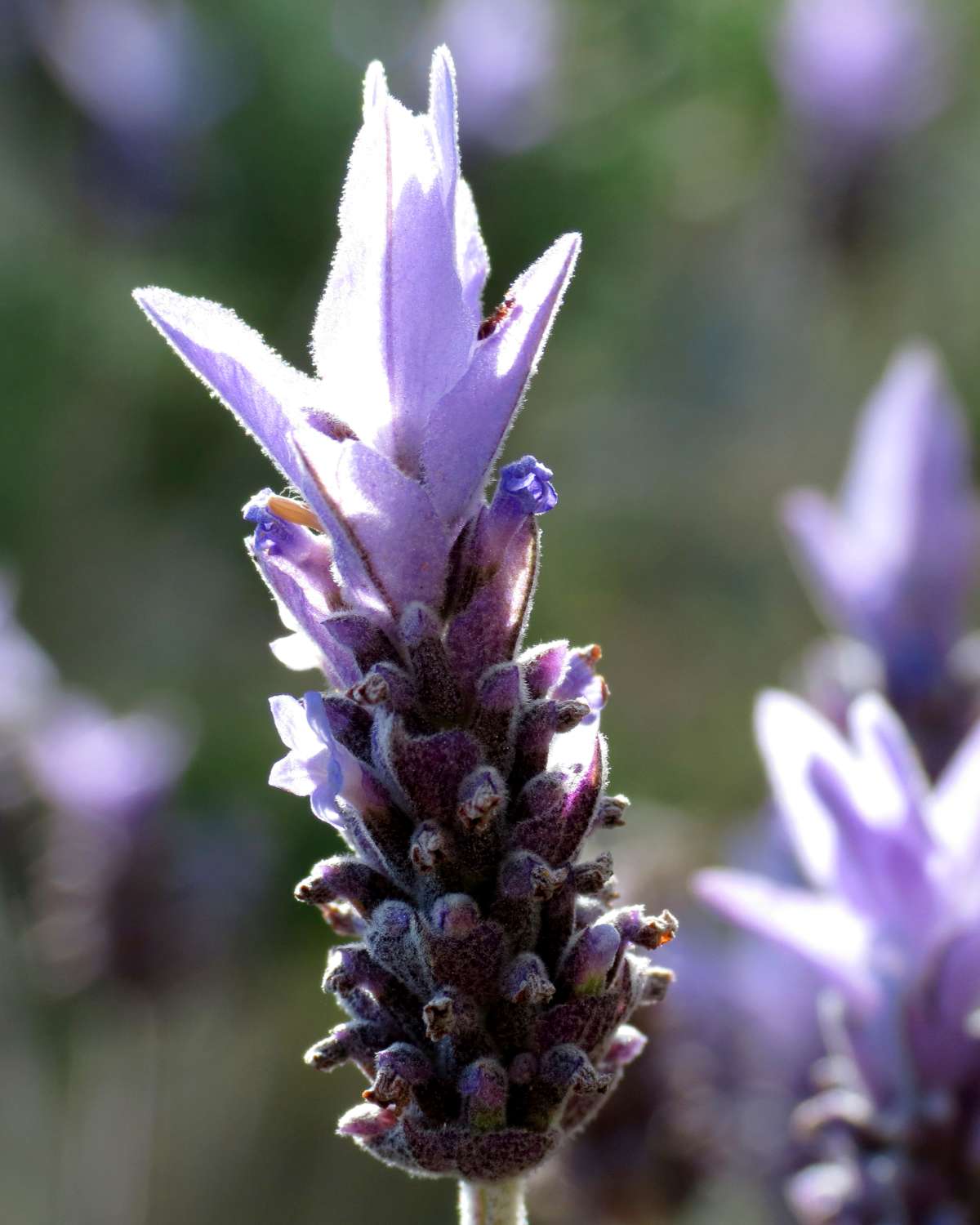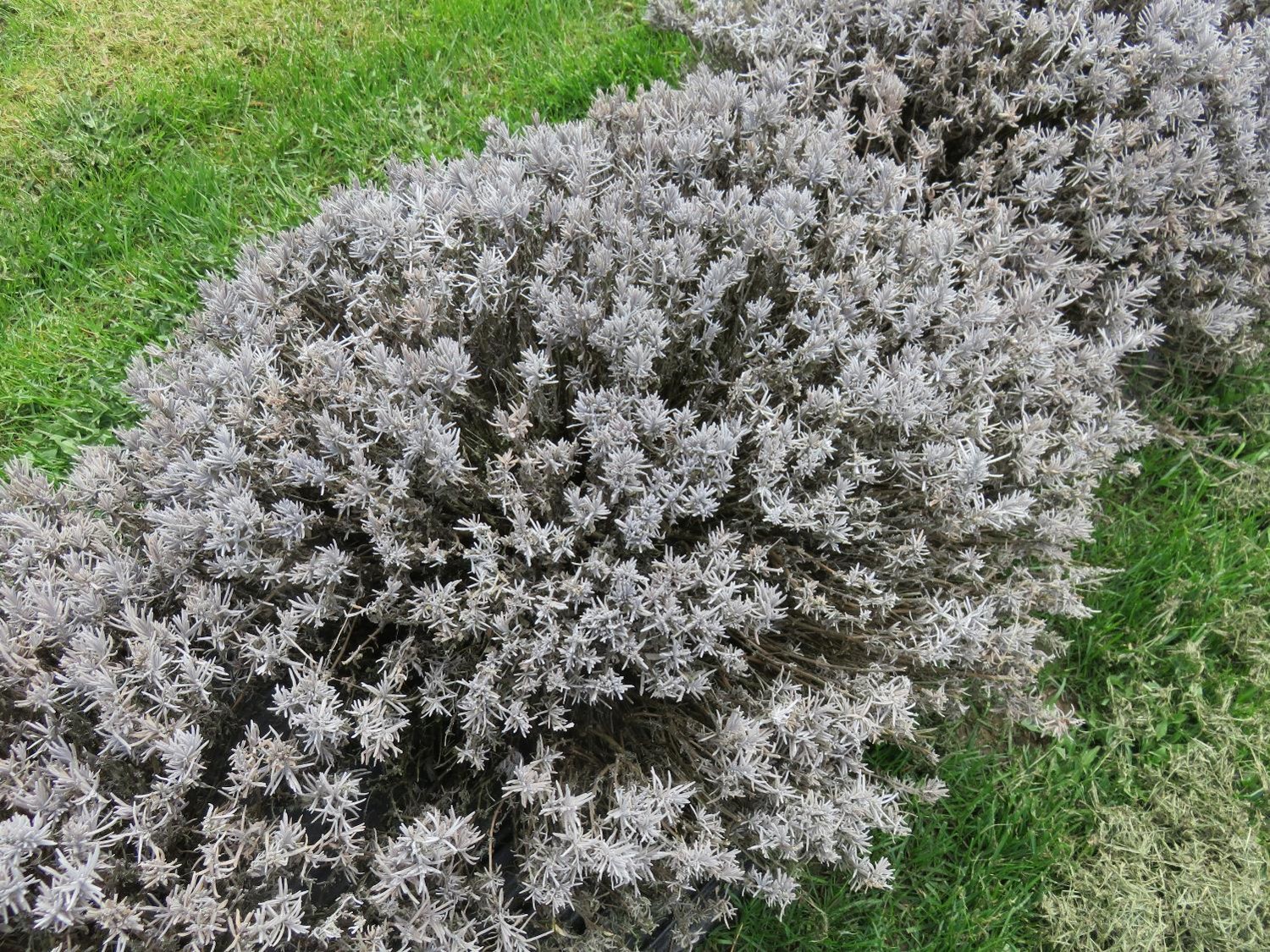Why is My Jasmine Not Flowering?
If jasmine is planted in shade, is drought-stressed, or was excessively clipped the year prior, it will not bloom. When nitrogen levels are too high, flowers may suffer. Jasmine species can bloom at various periods of the year. To prevent removing flower buds, prune in the fall. Continue reading to learn why and how to …

